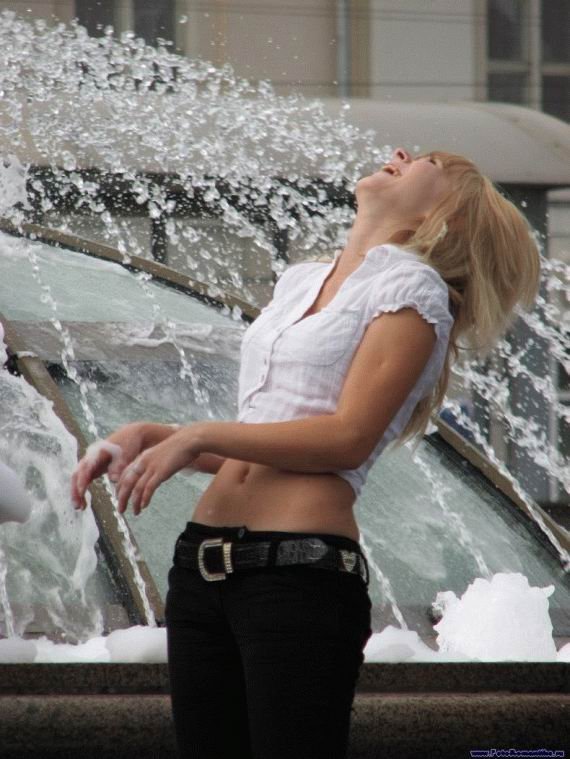|
|
Fountain Girls
|
Under the Medicis, fountains were not just sources of water, but advertisements of the power and benevolence of the city's rulers. They became central elements not only of city squares, but of the new Italian Renaissance garden. The great Medici Villa at Castello, built for Cosimo by Benedetto Varchi, featured two monumental fountains on its central axis; one showing with two bronze figures representing Hercules slaying Antaeus, symbolizing the victory of Cosimo over his enemies; and a second fountain, in the middle of a circular labyrinth of cypresses, laurel, myrtle and roses, had a statue bronze statue by Giambologna showed the goddess Venus wringing her hair. The planet Venus was governed by Capricorn, which was the emblem of Cosimo; the fountain symbolized that he was the absolute master of Florence.
By the middle Renaissance, fountains had become a form of theater, with cascades and jets of water coming from marble statues of animals and mythological figures. The most famous fountains of this kind were found in the Villa d'Este (1550–1572), at Tivoli near Rome, which featured a hillside of basins, fountains and jets of water, as well as a fountain which produced music by pouring water into a chamber, forcing air into a series of flute-like pipes. The gardens also featured giochi d'acqua, water jokes, hidden fountains which suddenly soaked visitors. Between 1546-1549, the merchants of Paris built the first Renaissance-style fountain in Paris, the Fontaine des Innocents, to commemorate the ceremonial entry of the King into the city. The fountain, which originally stood against the wall of the church of the Holy Innocents, as rebuilt several times and now stands in a square near Les Halles. It is the oldest fountain in Paris.
Henry constructed an Italian-style garden with a fountain shooting a vertical jet of water for his favorite mistress, Diana de Poitiers, next to the Château de Chenonceau (1556–1559). At the royal Château de Fontainebleau, he built another fountain with a bronze statue of Diane, goddess of the hunt, modeled after Diane de Poitiers.
Later, after the death of Henry II, his widow, Catherine de Medici, expelled Diana de Poitiers from Chenonceau and built her own fountain and garden there.
|
|









